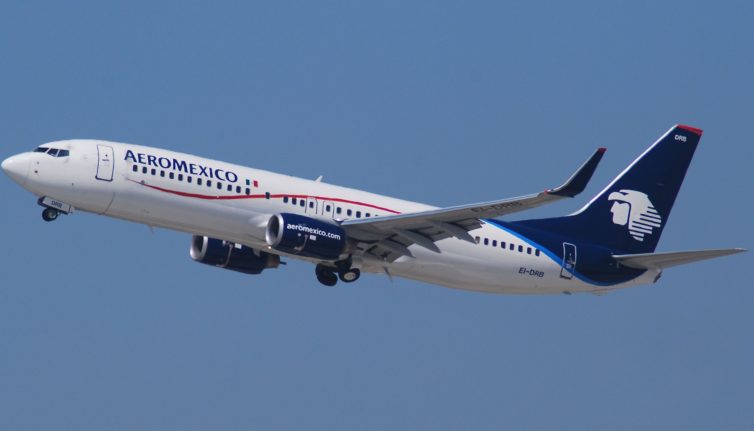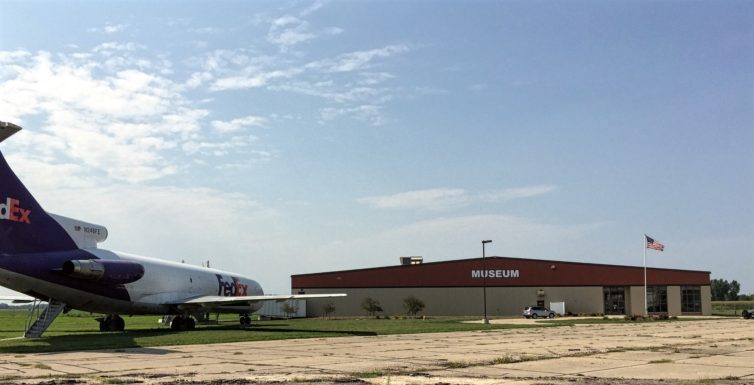
FedEx Boeing 727 sitting outside of the museum – Photo: Aaron Giddings
Ask most airline travelers what they know of Sioux City, Iowa and, if they’ve heard of it at all, it’s likely for only one of two reasons. The first, that Sioux City was the site of the crash of United Flight 232 in 1989. The second, that the Sioux Gateway Airport has a somewhat unfortunate airport code, particularly if one’s ultimate destination is either Charlotte, North Carolina or Pensacola, Florida. However, there is much more to this sprawling complex than just a notable aviation disaster and an awkward airport designator.
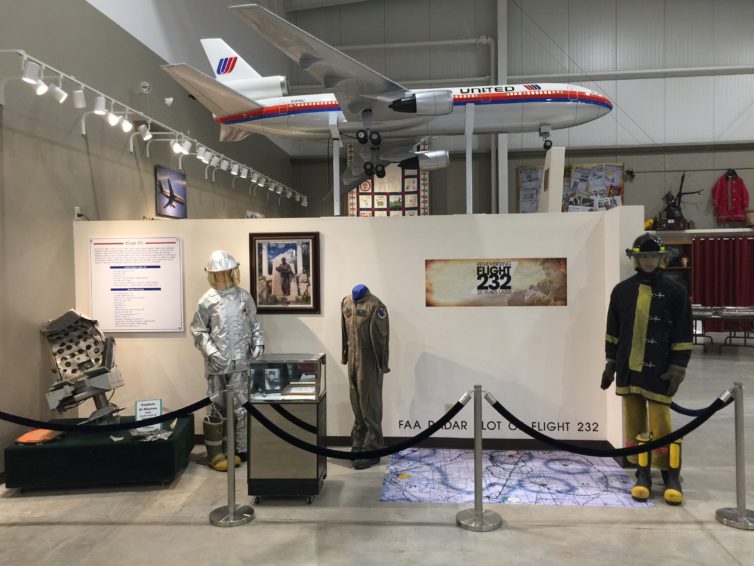
Artifacts at the front of the United Flight 232 section of the museum – Photo: Aaron Giddings, Sr.
Tucked away in the northeastern corner of the airport lies the Mid America Museum of Aviation and Transportation. AvGeeks will likely first notice the retired FedEx 727 parked outside the museum’s main building, or perhaps the EA-6A standing guard near the gate as visitors pull into a parking lot carved from a portion of the airport’s 1930’s era runways. Inside the main building, a bright yellow Monnett Moni motorglider hangs from the ceiling and presides over the gift shop, which sells a variety of aviation items, including ’œFly SUX’ shirts and hats.

The entrance to Air Canada’s Signature Suite – Photo: Air Canada
Air Canada’s Signature Suite, its newest lounge at Toronto Pearson International Airport (YYZ), officially opened on December 1. The Signature Suite creates an environment that makes it easy to forget you’re in an airport. Those eligible to access the lounge can receive complimentary beer, wine, champagne and signature cocktails. Complimentary food will also be available; passengers will be able to dine a la carte from a menu created by Vancouver-based celebrity chef David Hawksworth.
Prior to its opening, Air Canada spared no expense as it invited select media to preview its newest premium creation. Read more to learn about the experience inside the Signature Suite.
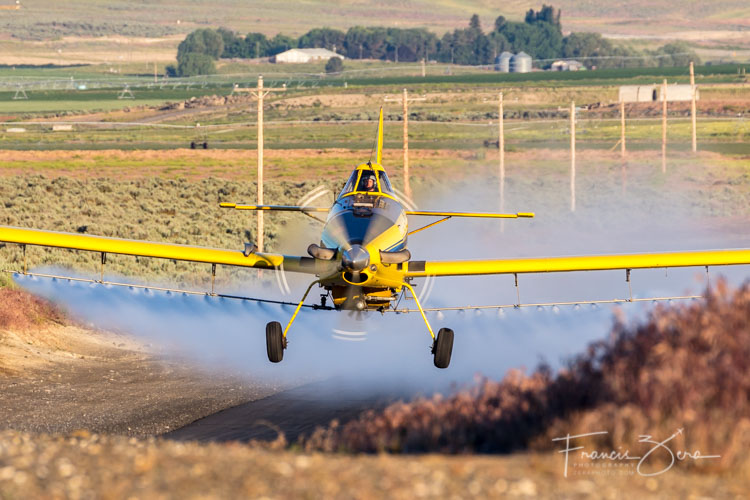
These guys know how to fly
Agriculture (ag) aviation is not the swashbuckling, seat-of-the-pants occupation that popular culture led me to expect. Sure, it’s definitely all about daring flying, but it’s also gone all high-tech, making use of 3-D obstacle mapping, computer-controlled spray nozzles, and precisely-defined GPS flight paths across the fields.
“I’m not just drilling holes in the sky going from point A to point B – I’m helping out, it’s a gratifying feeling,” said Gavin Morse, co-owner of GEM Air, an aerial spraying company based in Warden, Wash.
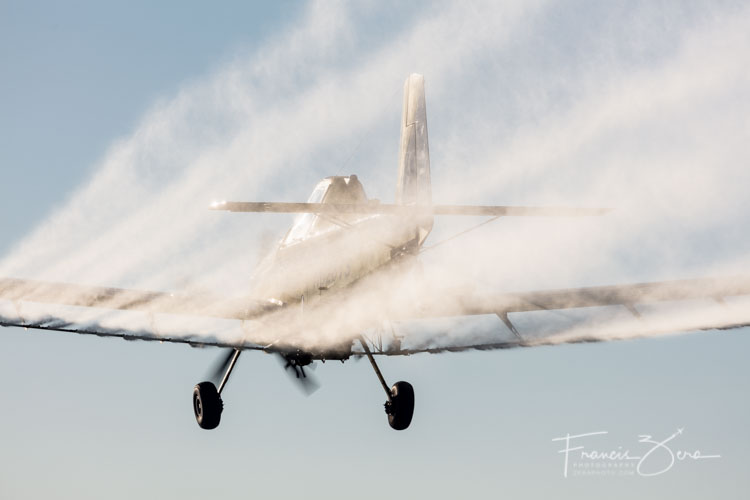
A GEM Air Air Tractor 602 in action, spraying a field in central Washington state
Morse said the term ‘crop duster’ is freighted with assumptions based on behaviors from a bygone era. He prefers to use either ‘ag aviation’ or ‘aerial spraying’ when referring to his line of work.
“People think of ag aviation as being a little crazy or a little wild, but that’s just not the case – the average aerial applicator is highly trained even before they’re flying,” Morse said. Pilots spend a long time, sometimes years, as loaders, mixing and loading the chemicals into the planes, along with helping to maintain the aircraft, and, of course, training to fly them.
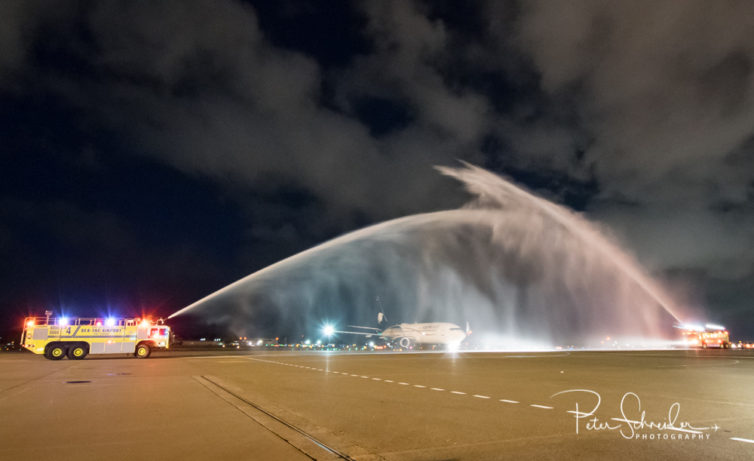
The inaugural flight from Mexico City arrived in Seattle to a traditional water-cannon salute
On Wednesday, November 1 at 7:57 p.m., the inaugural Aeromxico flight from Mexico City to Seattle touched down eight minutes ahead of schedule. After a brief taxi, the Boeing 737-800 lined up for the traditional water cannon salute, courtesy of the Port of Seattle Fire Department.
’œSeattle was the largest North American market without nonstop service to Mexico City,’ said Port of Seattle Commissioner Stephanie Bowman. ’œMexico City is an important gateway to Mexico and Latin America, and Sea-Tac provides numerous regional connections to cities throughout the Pacific Northwest.’
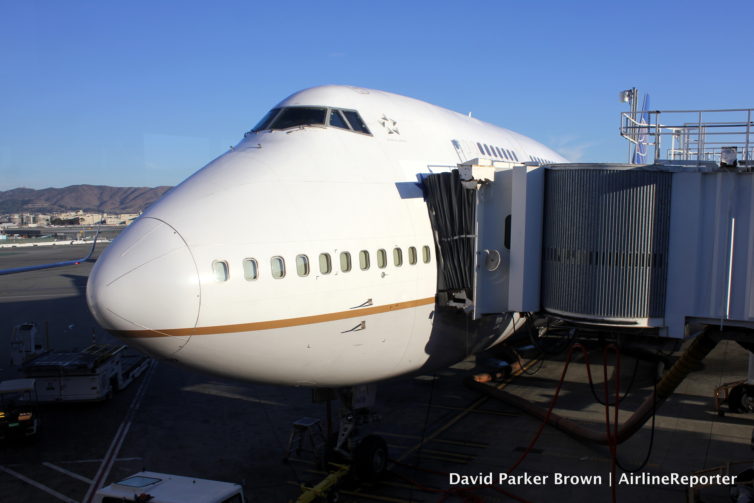
The last United Boeing 747 sitting at SFO – registration N118UA
It is okay to get emotional over an airplane. That is what I kept telling myself anyhow as I experienced United’s final 747 flight recently. I was sad that this was going to be a huge milestone for the retirement of Boeing 747 passenger service. I was also happy and excited to be a part of this historic event. Turns out I was going to be able to experience a few firsts and quite a few lasts on my journey. This was to be my first time flying on a United 747 and this was also going to be my first time flying backwards.
-
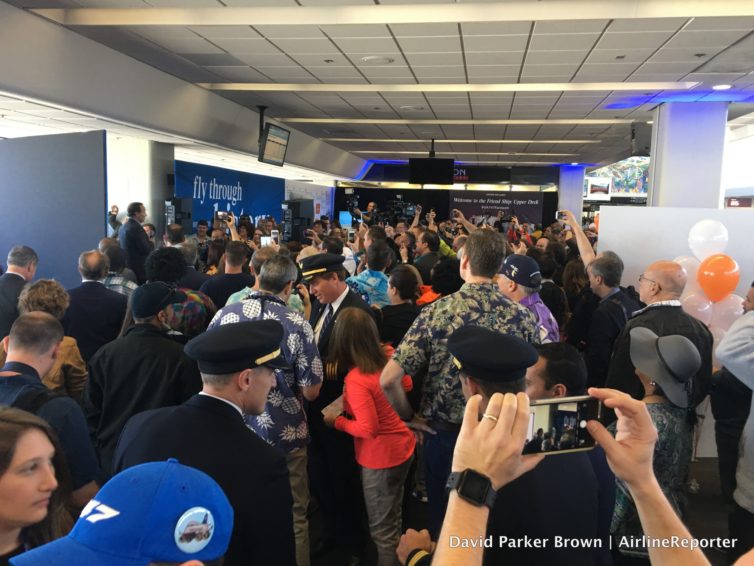
-
Party at the gate
-
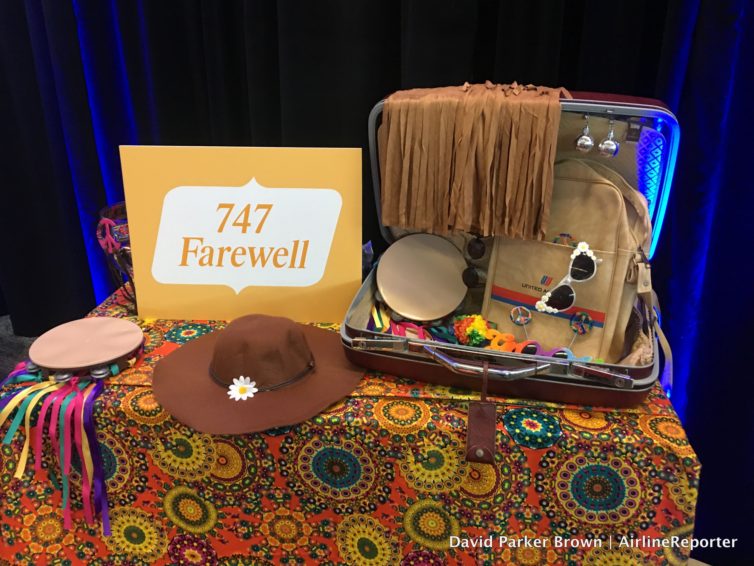
-
Retro goodies
-
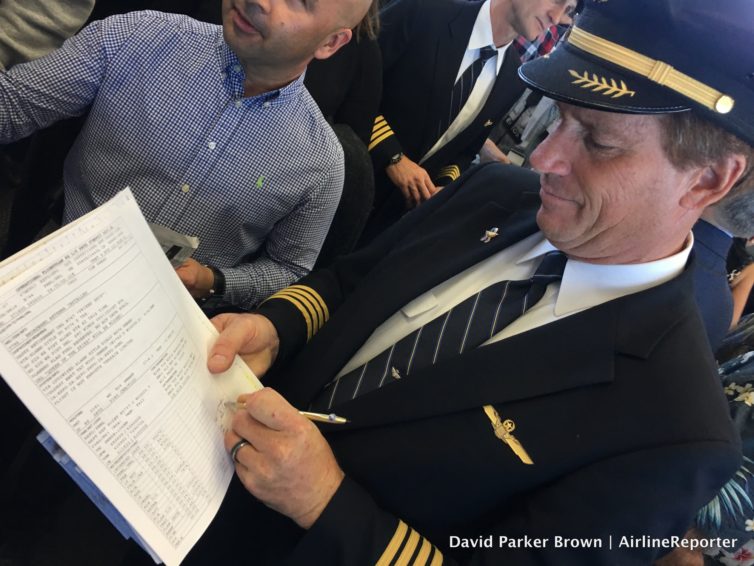
-
Pilot signing flight paperwork
-
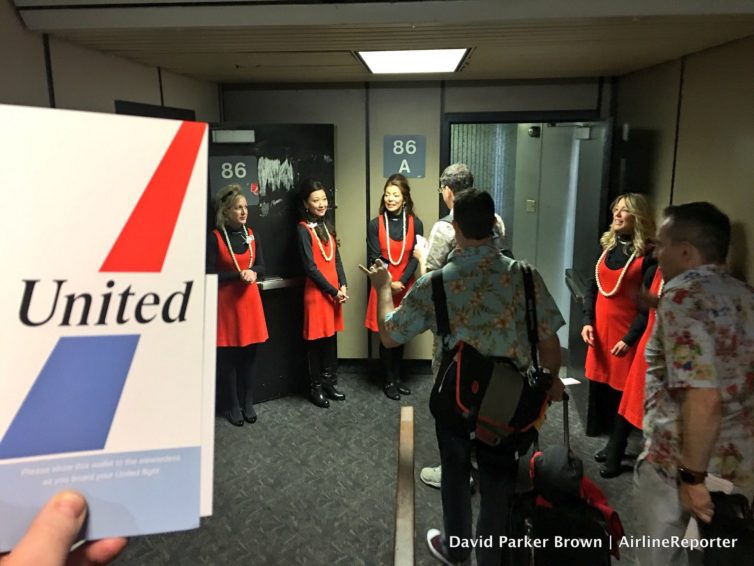
-
Retro ticket holder, retro flight attendants
At one point I was asked something along the lines of, “There is one other U.S. airline (Delta) that is still flying the aircraft, not to mention British Airways and others. Why is this such a big deal?” At first, I almost felt insulted, but then I realized that from a non-AvGeek perspective, why make a big deal about this plane, with this airline?
First off, I think it is like visiting a really good friend or family member you don’t get to see very often and it is hard to say goodbye. You start out saying “well, I guess I better get going,” and three hours later you aren’t quite out the door yet and still sharing stories of good times before finally parting ways. This was the first goodbye stage between me and the 747.






